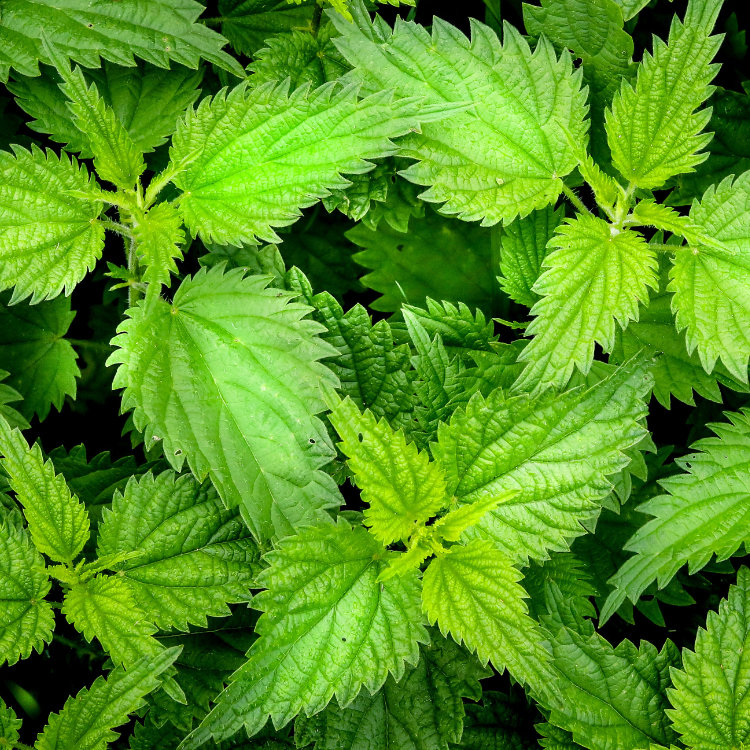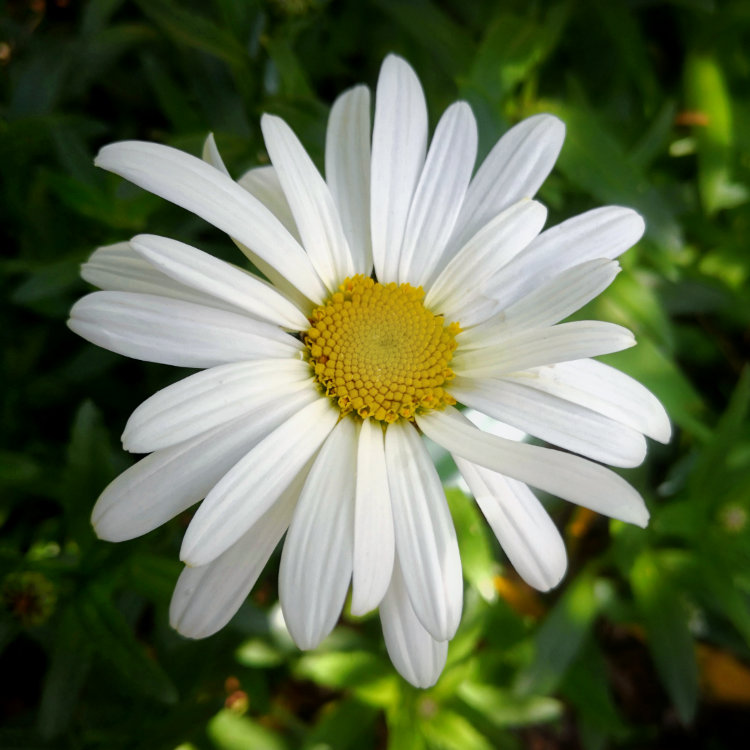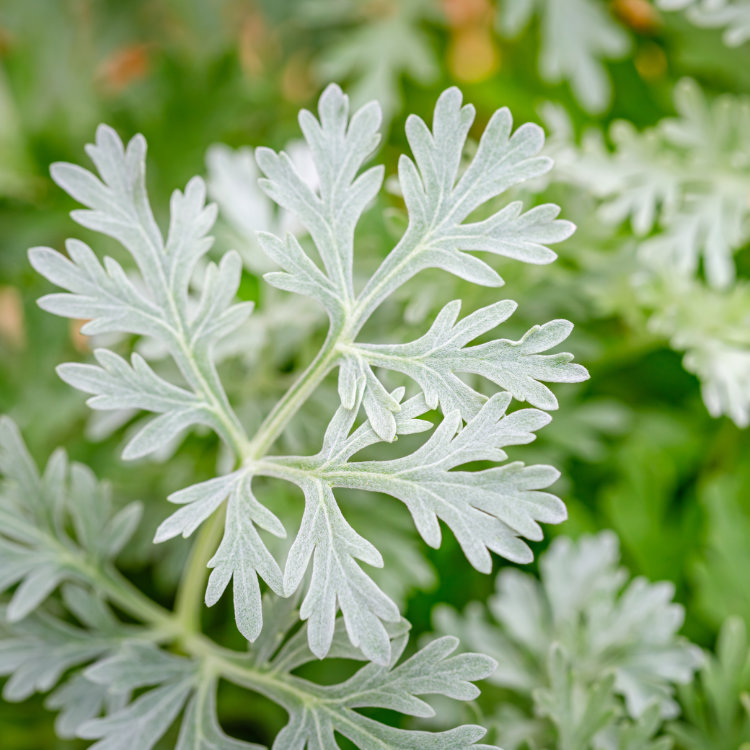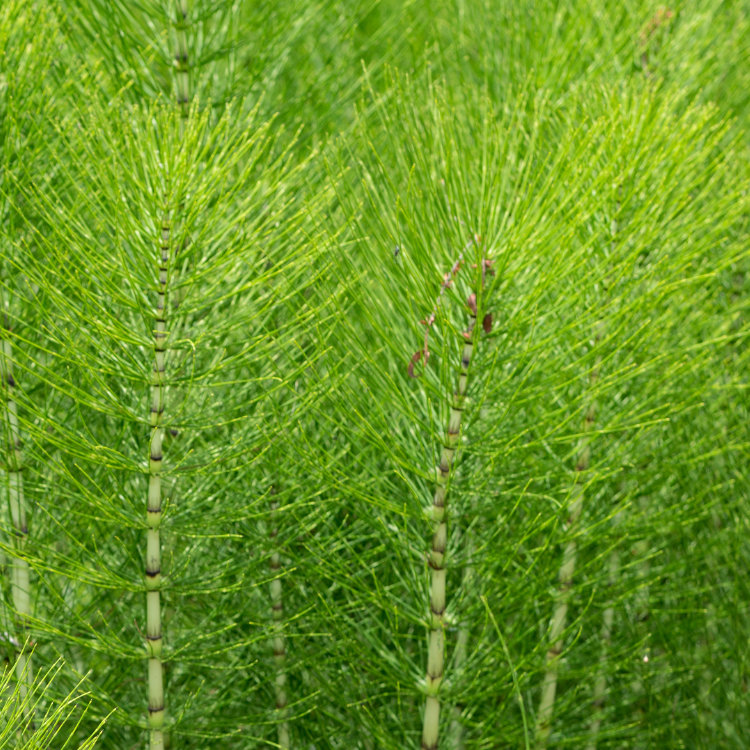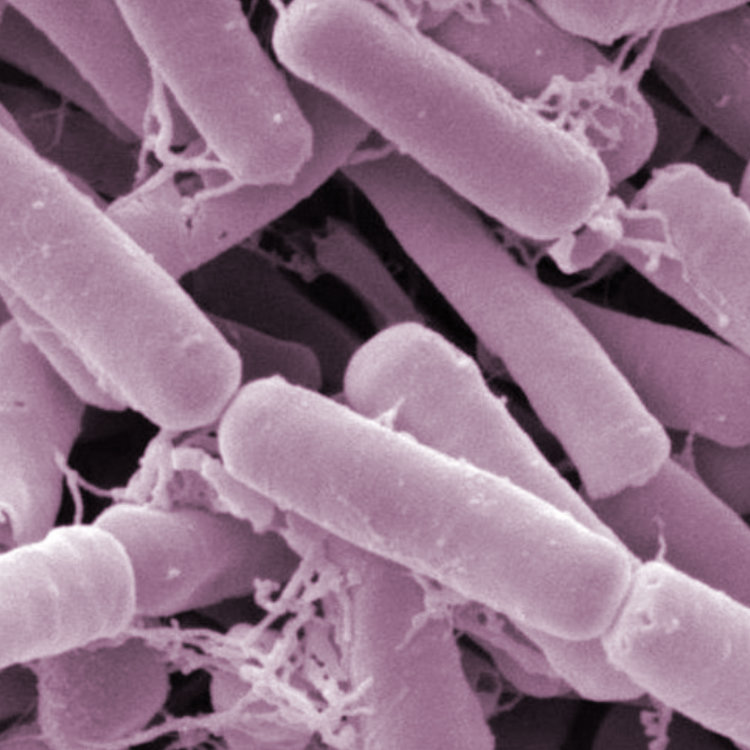Info
Nettle slurry is a concentrated extract that has a stimulating effect on plants. It can also be used for fighting plagues of insects and fungi.
It is obtained by maceration of nettles for a period of one to three weeks.
Nettle slurry is very rich in minerals and benefits both plants and soil. It can be used for both spraying and watering.
Good for
As stimulant for every single plant in your garden.
As insecticide for common pests like: aphids, thrips, whiteflies, mites, leafminers, caterpillars, nematodes among others.
Did you know you can also use nettles as food? It makes a delicious soup. They are incredibly nutritive and rich in antioxidants and amino acids.
Supplies Needed
15 L (4 US gal) wood, clay or plastic container
10 L (2,65 gal) of dechlorinated water
1 Kg (2,2 lbs) of fresh nettles (without flowers or seeds)
Preparation
Cut the nettles and place them in the container, add the water and mix well.
The nettles should be completely submerged (use a weight if necessary).
Cover the container and store it in the shade. Stir every 2 days to release the accumulated gases.
After the fermentation period filter the slurry and store it in a closed container in a cool, dark place.
General Use
Insecticide — Macerate for only 12 hours, filter, and apply it pure.
Leaf stimulant — Dilution 10% – 1 L (0,26 US gal) of slurry to 10 L (2,65 US gal) of water.
Soil and root stimulant — Dilution 20% – 2 L (0,52 US gal) of slurry to 10 L (2,65 US gal) of water.
Seed germination — Soak the seeds for 30 minutes in pure nettle slurry or 12 hours diluted at 20%.
Special Care
Don’t use a metal container.
Don’t use a more concentrated dilution than the one recommended.
During the fermentation process, the slurry has a strong smell. To minimise this smell you can add some pieces of wild angelica (Angelica sylvestris).
The final product can be stored for up to 1 year.
You may also like to know more about

